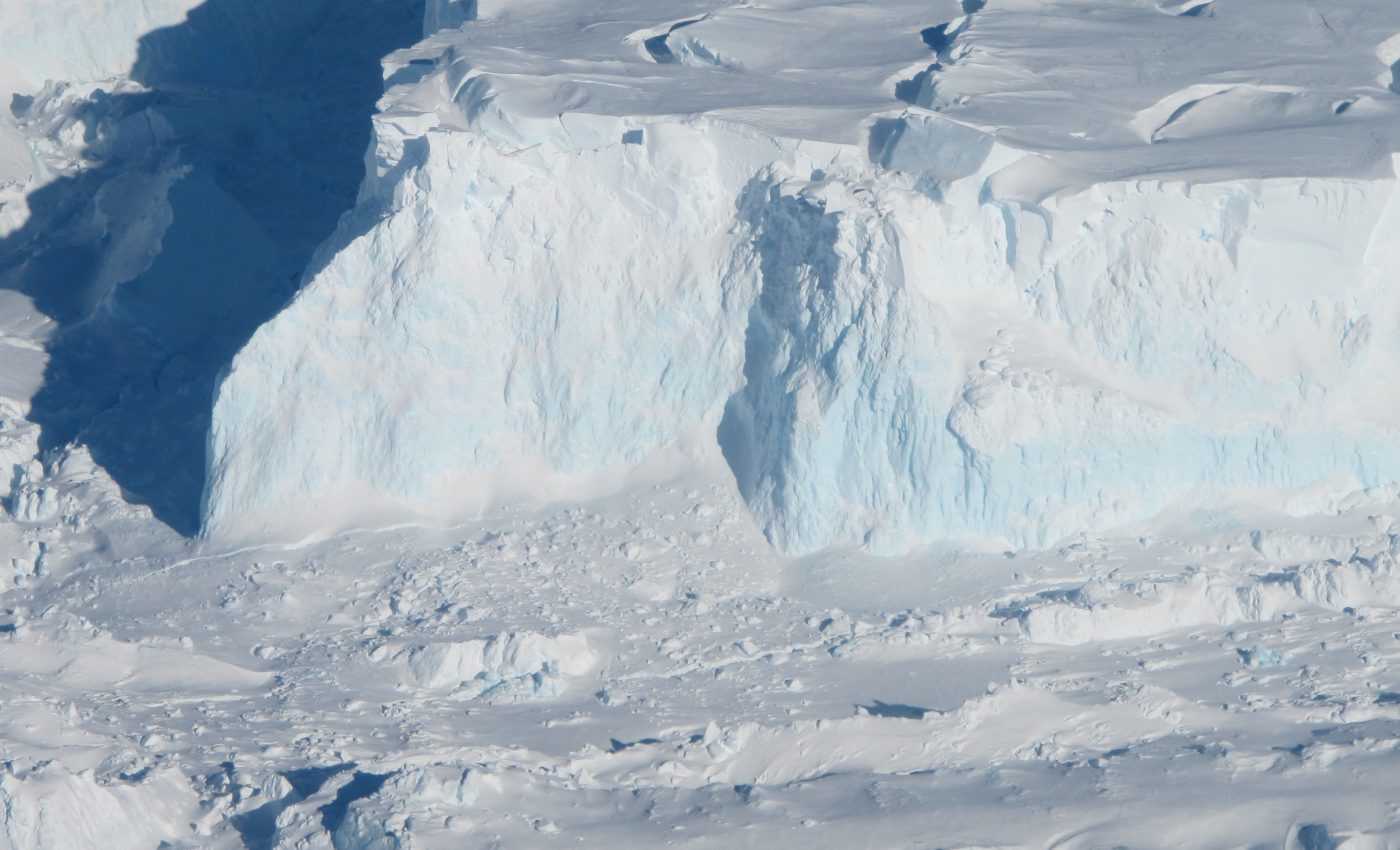
NASA scientists share some ‘good news’ about melting ice sheets
At the present, Antarctica’s melting ice sheets are responsible for about 20-25% of global sea level rise. With this number being so high currently, those percentages are only destined to increase, right? According to new research from NASA’s Jet Propulsion Laboratory at the California Institute of Technology, the future of the melting ice sheets may not be so dismal.
This research is published in the journal Science.
Scientists at the Jet Propulsion Lab (JPL) have discovered a way to make current sea-level models, used to predict long-term effects of climate change on global oceans, more accurate. And by tweaking the models, the scientists also unraveled how Antarctica’s ice sheets and corresponding sea level rise will look like centuries from now.
“Unlike most current models, we included solid Earth processes — such as the elastic rebound of the bedrock under the ice, and the impact of changes in sea level very close to the ice sheet,” said first author Eric Larour of the JPL. “We also examined these models at a much higher resolution than is typically used — we zoomed in on areas of bedrock that were about 1 kilometer instead of the usual 20 kilometers.”
Ultimately, the scientists estimated that projections for the next 100 years are within about 1% of previous projections for that same time period. But, in looking further into the future, they noticed something interestingly unexpected.
“We found that around the year 2250, some of these solid Earth processes started to offset the melting of the ice sheet and the consequent sea level rise,” Larour said. In layman’s terms, these Earth processes will actually begin to slow down the melting of the ice sheets.
By 2350, the scientists predict that the slowdown will cause the melting of the ice sheet to contribute 29% less to global sea level rise than previous predictions estimated.
“One of the main things we learned was that as grounded ice retreats inland, the bedrock under it lifts up elastically,” said coauthor Erik Ivins. “It’s similar to how a sofa cushion decompresses when you remove your weight from it. This process slows down the retreat of the ice sheet and ultimately the amount of melting.”
Although it is good news that the melting will slow, the scientists say that their findings must be put into perspective. “It’s like a truck traveling downhill that encounters speed bumps in the road,” Larour said. “The truck will slow down a bit but will ultimately continue down the hill,” meaning that the ice will continue to melt and sea levels will continue to rise, just at a slower pace than previously predicted.
—
By Olivia Harvey, Earth.com Staff Writer
Paid for by Earth.com
Image Credit: NASA/James Yungel













